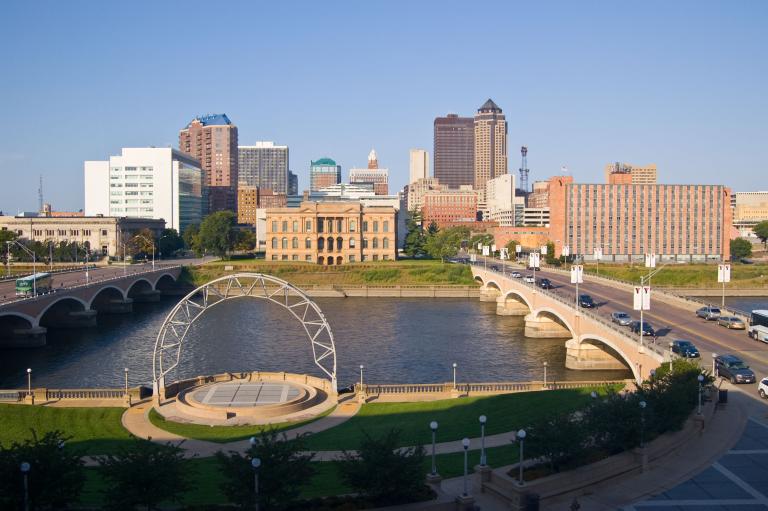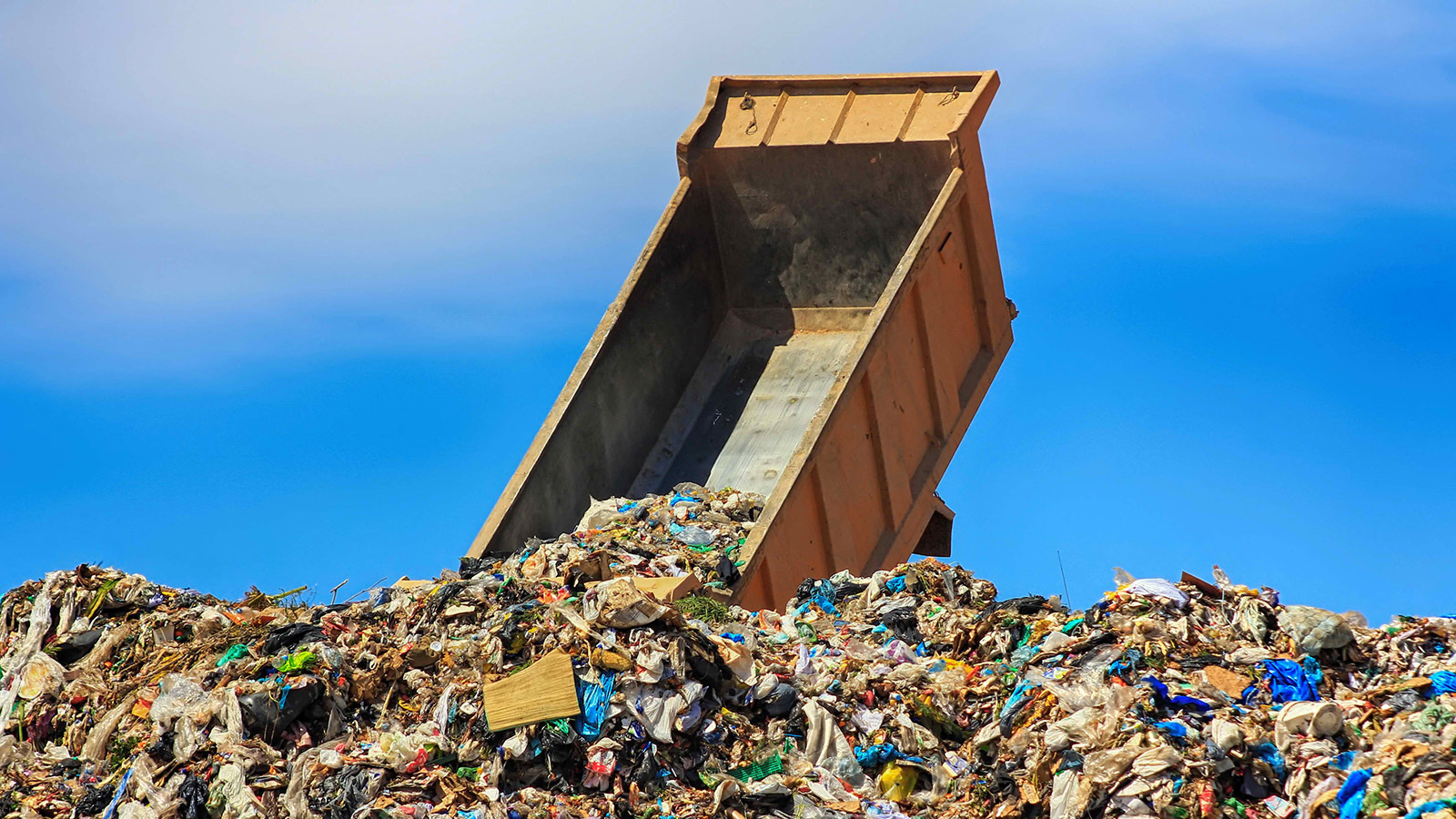Americans produce a whopping 4.4 pounds of waste per person per day, more than any other nation in the world. Recycling facilities and landfills can’t seem to keep up. Hence the resurgence of a decades-old disposal idea: trash incinerators.
But today’s incinerators — including the country’s first commercial-scale incinerator in 20 years, about to be fired up in West Palm Beach, Fla. — are waste-to-energy plants, promising to turn garbage into electricity. The EPA classifies them as “renewable energy” and plans are unfolding in half a dozen states across the country.
Here’s the catch: They’re pretty damn dirty (emitting mercury and lead and dioxins, among other things) and expensive. A controversial incinerator proposal in Baltimore is now expected to cost $1 billion, though it’s still three years away from completion, and — of course! — slated to be built a low-income neighborhood in South Baltimore already plagued by a deluge of industry-associated health impacts. Reports the New York Times:
The problem is that Curtis Bay already hosts a 200-acre coal pier that produces black dust that collects on local streets and drifts inside windows, a fertilizer plant reeking of fresh manure, one of the nation’s largest medical waste incinerators, chemical plants, fuel depots, and an open-air composting site. […]
The proposed facility would be allowed to emit up to 240 pounds of mercury and 1,000 pounds of lead annually in a neighborhood with three schools and high rates of cancer and asthma.
In fact, in 2009, Curtis Bay was pegged as the second-most toxic zip code in the country. In 2013, the city of Baltimore had the highest emissions-related mortality rate in the nation. As Grist’s Brentin Mock pointed out in December 2013, and again last summer, students who would attend school less than a mile from the plant have been protesting, and with good reason:
[The facility] plans to comply with state and federal air pollution standards through offsets. Translation: The company will pay for air quality improvement somewhere else to make up for its dirty emissions in Baltimore.
Industry experts say that the failure of efforts to curb consumption, and recycle and compost, is to blame for the uptick in incinerator projects. Recycling programs have stalled nationwide and are starting to look too expensive; Ocean City, Md., has dropped recycling altogether for that very reason. For $1 billion, though, you’d think we could think of something.




